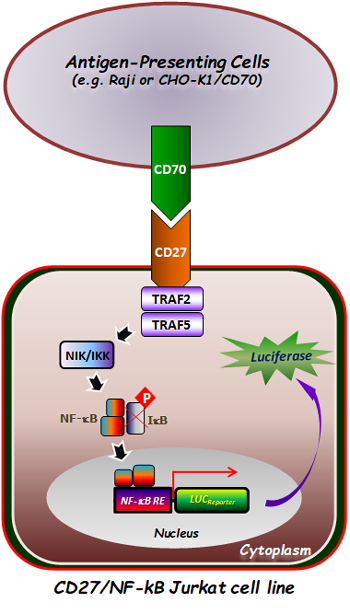Recombinant Human Poly(A) Binding Protein, Nuclear 1
Shipping Info:
For estimated delivery dates, please contact us at [email protected]
| Amount : | 20 µg |
| Purification : | Greater than 95% as determined by SDS-PAGE. |
| Content : | The PABPN1 solution (1mg/ml) contains 20mM Tris-HCl buffer (pH 8.0), 0.4M Urea and 10% glycerol. |
| Storage condition : | Store at 4°C if entire vial will be used within 2-4 weeks. Store, frozen at -20°C for longer periods of time. For long term storage it is recommended to add a carrier protein (0.1% HSA or BSA).Avoid multiple freeze-thaw cycles. |
| AA sequence : | MGSSHHHHHH SSGLVPRGSH MGSLEAIKAR VREMEEEAEK LKELQNEVEK QMNMSPPPGN AGPVIMSIEE KMEADARSIY VGNVDYGATA EELEAHFHGC GSVNRVTILC DKFSGHPKGF AYIEFSDKES VRTSLALDES LFRGRQIKVI PKRTNRPGIS TTDRGFPRAR YRARTTNYNS SRSRFYSGFN SRPRGRVYRG RARATSWYSP Y |
| Alternative Name : | Poly(A) Binding Protein Nuclear 1, Poly(A) Binding Protein 2, Polyadenylate-Binding Nuclear Protein 1, PABP-2, OPMD, PAB2, Nuclear Poly(A)-Binding Protein 1, PABII. |
Source : Escherichia Coli. PABPN1 Human Recombinant produced in E.coli is a single, non-glycosylated polypeptide chain containing 211 amino acids (119-306) and having a molecular mass of 23.8 kDa. PABPN1 is fused to a 23 amino acid His-tag at N-terminus. PABPN1 is an highly expressed nuclear protein which has high affinity to nascent poly(A) tails. PABPN1 is essential for progressive and efficient polymerization of poly(A) tails at the 3' ends of eukaryotic transcripts and regulates the length of the poly(A) tail to about 250 nt. In its steady-state, PABPN1 is restricted to the nucleus however there are different poly(A) binding proteins which can be found in the cytoplasm. PABPN1 has a GCG trinucleotide repeat at the 5' end of the coding region. Expansion of this repeat from the normal 6 copies to 8-13 copies results in autosomal dominant oculopharyngeal muscular dystrophy (OPMD) disease. Associated pseudogenes were located on chromosomes 19 and X. Additionally, there is a read-through transcription between PABPN1 gene and the adjacent upstream BCL2L2 (BCL2-like 2) gene.
For Research Use Only. Not for use in diagnostic/therapeutics procedures.
|
There are currently no product reviews
|























.png)









